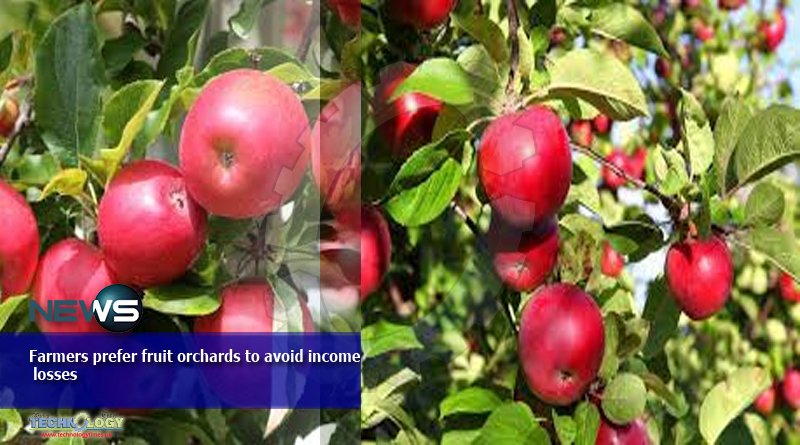Locusts are destroying crops and leading farmers’ annual income towards loss. Growers in Sindh are increasingly shifting towards planting fruit orchards to avoid losses because of drastic weather, diseases, uncertain marketing mechanism, expensive inputs, unfair support prices, stuck payments, disasters, expensive fertilizers, etc.

Traditional crops are leading farmers towards income losses and it is feding up them. A large number of farmers seem resistant to cultivate traditional crops and have grown fruit orchards at their lands.
Farmers are frequently visiting nurseries and place orders for plants in large numbers, so they can develop fruit farms on their lands.
Farmers ask for fruit plants at nursery with different varieties, including indigenous and some being planted as high-density orchards like mango, Chico, phalsa (Grewia asiatica), berry, guava, papaya, and other common fruits.
Before the imposition of lockdown, following the outbreak of global novel coronavirus pandemic, nurseries have sold hundreds of fruit plants to different growers in Sindh and Punjab provinces.
Usually, the business of nurseries, especially selling fruit plants starts in February and continues till March and April, (the spring season) and then August and September, as these plants thrive in moderate weather.
There are around 40 nurseries in the Mirpurkhas district, where they mainly develop fruit plants. The prices of fruit saplings this year range from Rs40-100 per plant, depending on their variety.
Some fruit varieties available at the local nursery market include high-density fruit plants, which start bearing fruit within two-three years after planting.
Business-wise, this year has been great for some nurseries as nurseries have sold a large number of precious plants before the lockdown in February and early March, while others could not get that lucky. Despite this business, around 95 percent of plants are yet to be sold.
Orchards had the resilience to survive any weather but the crops did not have any to stand rising temperatures, biting cold, strong winds, or heavy rains. Therefore, farmers prefer to plant fruit orchards as they have a natural resistance to survive in any harsh condition, like dryness, water scarcity, or heavy rains.
Cotton growers faced loss previous year due to receiving unauthentic seeds, which could not grow in many areas, disrupting the set target of cotton product, the farmers were experiencing the same problems especially the supply of unguaranteed seed for cultivating different crops.
Secondly, locusts have also created fears among farmers as reports those pests had damaged newly cultivated cotton plants at the growth stage, causing huge losses to growers in some areas. In this situation, farmers do not have any option other than cultivating the crop again.
Increasing the cost of crop cultivation and difficulties in the marketing of products may be the reason for this change of replacing crops with fruit orchards.
The fruit producers have a one-time investment to plant and hire a small number of laborers to maintain the farm and then they give it to contractors to manage cost and do marketing.
Growers also let out fruit farms on contracts for two-three years to avoid any uncertainty like weather, natural disaster, and marketing. They receive cash without taking any pains about marketing, input cost, and weather problems.
